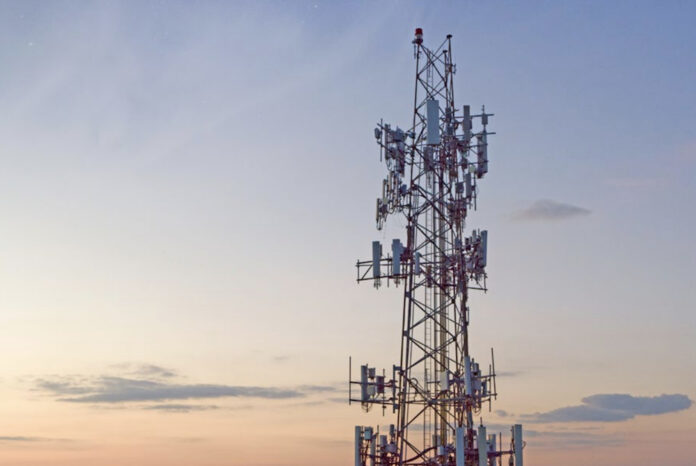Towerco giant’s EMEA revenues driven by fewer, larger customers
Despite increasing capex in its international operations, American Tower says the company’s outlook is still positive given the rapid growth in mobile data consumption across Europe, the Middle East and Africa.
Speaking at the company’s Q2 23 results, president and CEO Tom Bartlett. “We have a leading international portfolio of nearly 183,000 sites that are contributing approximately 45% and 36% toward consolidated property revenues and operating profit respectively and are expected to deliver more than 8.5% in total tenant billings growth, including greater than a 6.5% organic growth in 2023,” he said. “The secular demand trends driving our international growth remained consistent.”
“Globally, we’ve anchored our portfolio in key markets, which are in varying stages of network development relative to that of the US, where some level of 5G coverage deployed over a combination of low and mid band spectrum has reached approximately 95% of the population,” said Bartlett. “In Europe, that number is closer to 60%, while Africa and Latin America are closer to 7% to 8%, suggesting a long tail of 5G and other next generation technology investments requiring significant incremental network density and sell side points of presence.”
The CEO said the company’s expansion hinges on signing contracts with the biggest players in each market, protecting it from consolidastion-driven churn. “In Africa, approximately 90% of our Q2 property revenues are derived by market leaders Airtel, MTN, Vodafone, and Orange, as compared to roughly 80%, five years ago,” he said. “In Europe, we similarly see over 80% of property revenue supported by Telefonica, Orange, Vodafone, and Deutsche Telekom versus less than 60% at the same time in 2018.”
“In addition to focusing on partnerships with market leaders, we’ve underwritten attractive leasing terms, including real estate REITs, and CPI linked escalators in the vast majority of our contracts outside of India,” he said.
New build program
This focus on the biggest in each market has boosted the company’s returns on invested capital. “Since we began expanding internationally, we have built over 45,000 international sites, which are achieving a NOI yield of approximately 25%,” he said. “And approximately 65% of these sites have been built since the start of 2017 alone shortly after we crossed the 100,000 international site mark.”
Nearly 8000 of these sites have been built in Africa. “Our regional scale and leading capabilities have resulted in the opportunity to invest in accretive platform extensions, such as our power as a service program in Africa,” he said. The $345m program has reduced diesel consumption, replacing it with solar arrays and lithium-ion battery solutions.
5G boost
Bartlett said around half of American Tower’s new business growth has been driven by 5G related amendment activity on existing sites adding that this, coupled with “a healthy leasing environment” could see organic “Billing growth” of 8% in Europe.
“As the 4G cycle rounds out over the next few years, and we move toward 5G and the densification requirements that come with it, we expect capacity utilization across the assets we’ve built over the last several years to result in ongoing compelling growth,” he said.
Data centre bright spot
Bartlett praised the progress of the company’s CoreSite datacentre business which saw a 9% year-over-year growth, in both revenue and operating profit for the first six months of the year – with demand outstripping its initial underwriting expectations.
He said the market will be driven by two factors: enterprises increasingly leverageing new generative AI models that need more power and cooling than on-prem can handle; and large language models requiring connections to proprietary distributed datasets use for training driving the need for more cloud on-ramps.
“Over time, we see a potential for these dynamic requirements to push demand for a more distributed compute infrastructure for which our CoreSite portfolio and ultimately our distributed footprint of land parcels on the tower sites may be ideal locations over the long-term,” he said.



